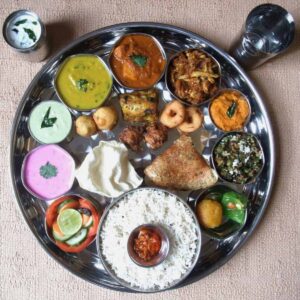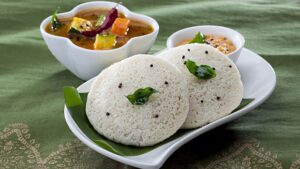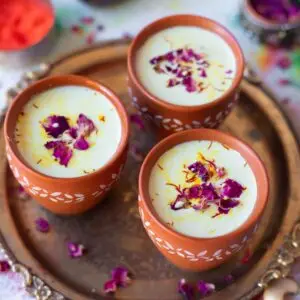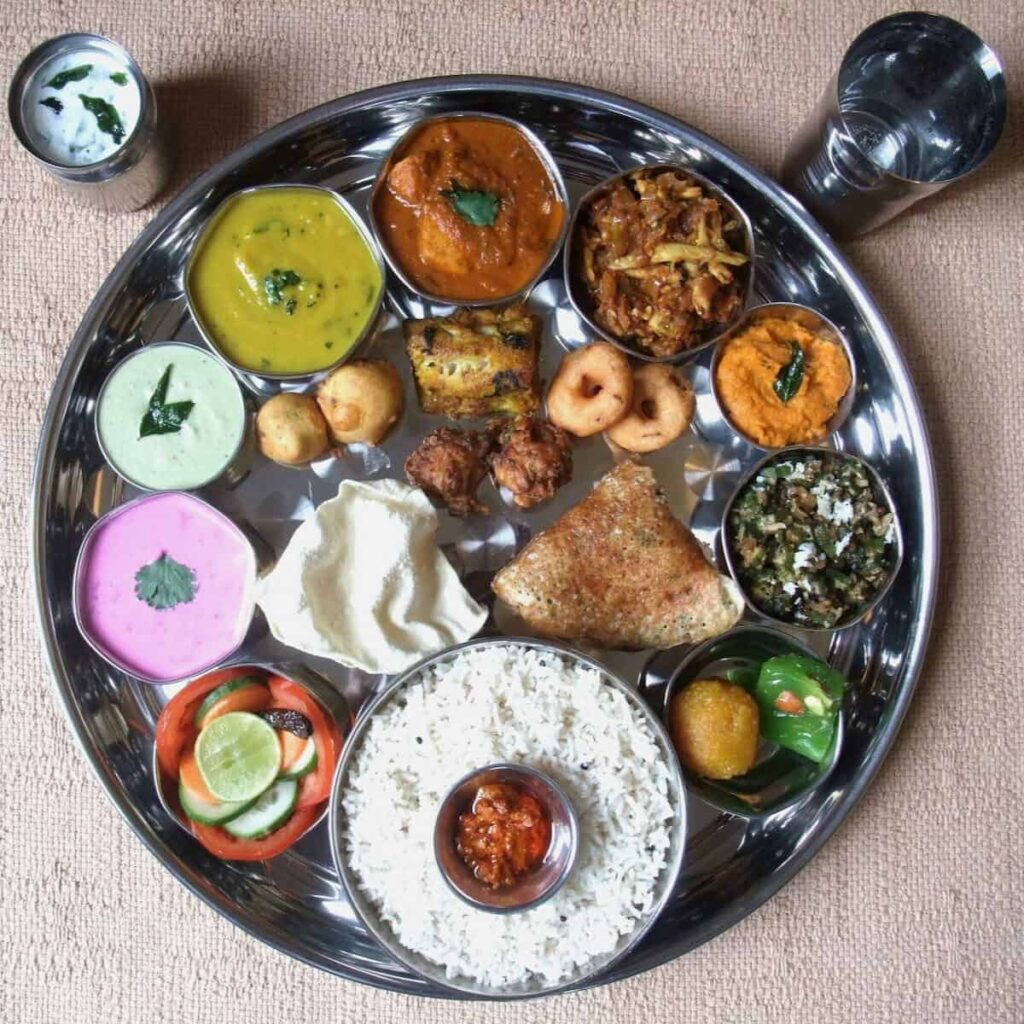
Food with Tradition: A Taste of Heritage
In a world of fast food and quicker lifestyles, tradition remains one of the most powerful ingredients in any kitchen. Food isn’t just about nutrition — it’s an emotional anchor, a cultural heritage, and a living story passed down through generations. When we say “traditional food,” we speak of time-tested recipes, of flavors born from the soil, of grandmothers stirring pots over slow fire, and of family gathered around the table — not just to eat, but to connect.
Across India and much of the world, food and tradition go hand in hand. Each bite holds history. Each recipe tells a story. And in preserving these stories, we keep our roots alive.
1. The Meaning Behind Traditional Food
Traditional food is more than just what we eat. It reflects a region’s climate, culture, economy, religion, and social structure. In India, you’ll find mustard oil in the East, coconut in the South, ghee in the North, and jaggery in the West — all shaped by local produce and geography. What makes traditional food powerful is its connection to identity.
Food becomes a marker of who we are — a Bengali’s love for fish curry, a Tamilian’s pride in sambar, a Punjabi’s obsession with makki di roti and sarson da saag — these aren’t just preferences. They are inheritances.
2. The Wisdom of the Ancients
Our ancestors knew more than we give them credit for. Traditional Indian diets were deeply seasonal and balanced. For example:
- Cooling foods like curd, cucumber, and buttermilk are common in summer.
- Warming dishes like halwa, bajra, and spices like cinnamon and cloves are consumed in winter.
- Fermented foods like idli, dosa, and kanji were included for gut health.
- Ayurveda, India’s ancient medicinal science, classifies food by its effects on the body — not just calories or vitamins.
Modern nutrition science is only now catching up with these age-old practices. There’s a reason turmeric is called a “superfood” today — our daadi used it in everything from milk to face masks centuries ago.

3. The Kitchen: A Sacred Space
In traditional Indian homes, the kitchen was not just a cooking area — it was a sanctum of love, labor, and rituals. Early mornings would start with grinding spices, preparing fresh chutneys, and kneading dough. Recipes weren’t written — they were whispered, practiced, observed, and remembered.
Women, especially grandmothers and mothers, were the custodians of food wisdom. They knew how to store pickles without a refrigerator, how to identify spices by smell alone, and how to stretch a humble meal into a feast. Their cooking wasn’t just skill — it was poetry.
4. Traditional Festive Foods: A Celebration of Faith and Flavor
Every festival in India is tied to a dish, and every dish carries deeper meaning. Let’s explore a few:
- Diwali brings sweets like ladoos, barfis, and gujiya, signifying prosperity.
- Eid is celebrated with biryani, seviyan, and haleem, bringing communities together.
- Pongal in Tamil Nadu is marked by the dish Pongal, symbolizing gratitude for harvest.
- Onam Sadya, a Kerala feast with over 20 items served on a banana leaf, celebrates abundance.
- Chhath Puja involves offerings of thekua and fruits, showcasing purity and devotion.
These foods aren’t just seasonal — they’re spiritual. They’re offered to gods, shared with neighbors, and remembered for life.


5. Preserving Tradition in Modern Times
Unfortunately, many traditional foods and cooking methods are disappearing. Urban life, packaged food, and microwave culture have distanced us from slow cooking and ancestral flavors. But all is not lost. Here’s how we can revive and preserve food traditions:
A. Document Family Recipes
Start a food journal. Ask your elders how they make their signature dishes. Note the little secrets — “one pinch more salt,” or “add hing only after mustard seeds splutter.” These unwritten notes are gold.
B. Cook Together
Make food a family activity. Involve kids in rolling rotis or peeling vegetables. When children cook traditional meals, they carry the tradition forward.
C. Support Local and Seasonal
Instead of imported food items, support local farmers and traditional ingredients. Choose millets over quinoa, jaggery over sugar, and earthen pots over non-stick pans.
D. Celebrate With Food
Don’t let festivals pass without their foods. Prepare chakli on Diwali, til laddoos on Makar Sankranti, and pakoras on a rainy monsoon day. Even simple rituals bring joy.
6. Fusion with Respect
Fusion cuisine is trendy — but it should never erase roots. There’s nothing wrong with innovation. In fact, dishes like Butter Chicken Pizza or Paneer Tacos can be delicious. But they should be made with respect to the original flavors.
Let’s teach the new generation not just how to cook, but why we cook things a certain way. Why do we add ghee in dal? Why is iron tawa preferred for making rotis? These answers connect us to our history.
7. Food as an Emotional Anchor
Finally, traditional food has an emotional weight. A simple aroma can take us back to childhood. A bite of kadhi chawal may remind you of your mother’s hands. A whiff of achar might bring memories of your nani’s courtyard.
When someone says, “it tastes like home,” that’s the highest compliment a meal can receive. It means the food didn’t just fill the stomach — it touched the soul.

Conclusion: In Every Grain, a Story
Traditional food is not outdated. It’s timeless. It teaches us to slow down, to respect the ingredients, and to value the people who cook for us. It tells us that food is love, labor, and legacy — all served on a plate.
So next time you cook or eat a traditional meal, pause for a moment. Taste the spices. Feel the textures. Listen to the stories your taste buds are trying to tell you. In doing so, you don’t just eat — you remember, you respect, and you reconnect with where you come from.

